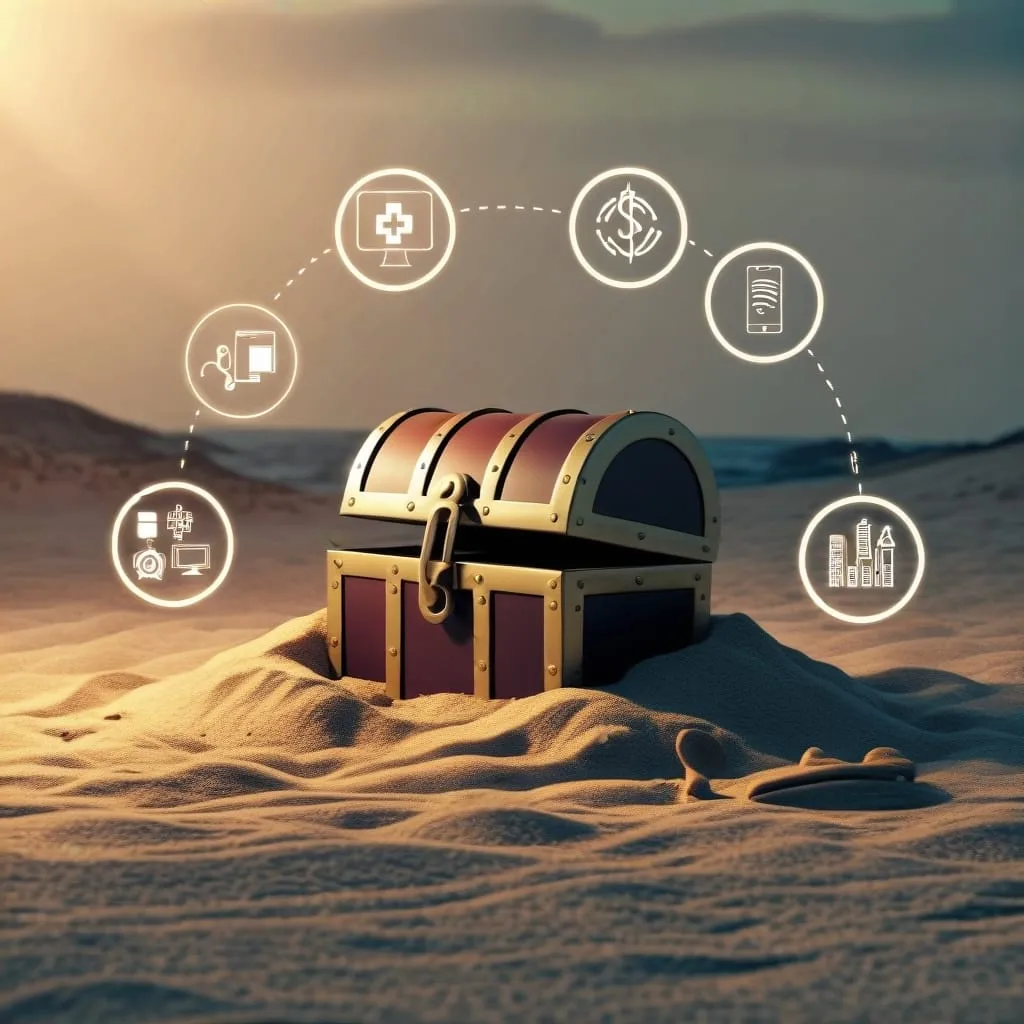As I sat down to review my emergency fund strategy, the stark reality of high inflation stared me in the face. The purchasing power of my carefully saved dollars was eroding faster than I could replenish them. It was time for a fresh approach.
Emergency funds have long been the bedrock of financial security, providing a crucial buffer against life’s unexpected twists. But in times of soaring inflation, these funds face a silent threat. The traditional advice of parking money in a low-yield savings account suddenly seemed inadequate.
I realized that optimizing my emergency fund wasn’t just about having money set aside; it was about ensuring that money retained its value and grew alongside rising costs. This epiphany led me to explore strategies that could help my emergency savings work harder without compromising their primary purpose - being readily available when needed.
The first strategy that caught my attention was strategic asset allocation. Instead of keeping all my emergency funds in a single savings account, I considered dividing them across different vehicles. This approach aimed to balance liquidity, safety, and potential returns.
“A penny saved is a penny earned,” Benjamin Franklin once said. But in today’s economic climate, I’d argue that a penny saved needs to be a penny protected and grown.
I decided to keep a portion of my fund in a high-yield savings account for immediate access. These accounts, often offered by online banks, tend to provide better interest rates than traditional brick-and-mortar institutions. However, even the best rates weren’t keeping pace with inflation.
This realization led me to my second strategy: incorporating I-Bonds into my emergency fund mix. I-Bonds, or Series I Savings Bonds, are government-issued securities designed to protect against inflation. Their interest rate is composed of a fixed rate and an inflation-adjusted rate, making them an attractive option in high-inflation environments.
The catch? I-Bonds must be held for at least one year before redemption. This limitation meant I couldn’t rely on them for the entirety of my emergency fund, but they could serve as a valuable component for longer-term emergency savings.
As I delved deeper into my research, I stumbled upon the concept of CD laddering. This strategy involves spreading money across multiple certificates of deposit (CDs) with staggered maturity dates. By creating a ladder of 3-month CDs, I could potentially earn higher yields than a savings account while maintaining regular access to a portion of my funds.
Have you ever considered how often you might actually need to tap into your emergency fund? This question guided my approach to CD laddering.
The fourth strategy that piqued my interest was high-yield account rotation. Some banks offer promotional rates for new customers, which can be significantly higher than standard rates. By being willing to move my money periodically, I could potentially capture these higher yields and stay ahead of inflation.
However, this strategy required careful consideration. How much time and effort was I willing to invest in managing my emergency fund? Would the potential gains outweigh the administrative hassle?
As I pondered these questions, I turned my attention to money market funds. These mutual funds invest in short-term, high-quality debt securities and can offer better yields than traditional savings accounts while maintaining high liquidity.
“The best investment you can make is in yourself,” Warren Buffett once remarked. I found this quote particularly relevant as I invested time in understanding these various financial instruments.
The final strategy I explored was partial commodity exposure. While not suitable for the entire emergency fund, allocating a small portion to commodity-linked investments could provide a hedge against inflation. Gold and silver ETFs, for instance, have historically been seen as stores of value during inflationary periods.
But this strategy came with its own set of questions. How much of my emergency fund could I reasonably expose to market fluctuations? What percentage would strike the right balance between growth potential and capital preservation?
As I pieced together my new emergency fund strategy, I realized the importance of regular review and adjustment. Inflation rates, interest rates, and personal circumstances are all subject to change. A quarterly review of my fund allocation seemed prudent to ensure it remained aligned with my goals and the economic environment.
I also recognized the need to balance liquidity needs with yield potential. While chasing returns was tempting, the primary purpose of an emergency fund is to be there when you need it. I decided to maintain a minimum amount in easily accessible cash reserves, even if it meant sacrificing some potential yield.
Tracking real returns against the inflation rate became a key part of my strategy. It wasn’t enough to see my account balance grow; I needed to ensure it was growing faster than inflation was eroding its value.
“The most difficult thing is the decision to act,” Amelia Earhart once said. As I implemented these strategies, I found her words ringing true. Each decision required careful consideration and a willingness to step out of my financial comfort zone.
But with each step, I felt more empowered. My emergency fund was no longer a stagnant pool of money, but a dynamic financial tool adapting to the challenges of high inflation.
As I reflect on this journey of optimizing my emergency fund, I’m reminded of a quote by John F. Kennedy: “There are risks and costs to action. But they are far less than the long-range risks of comfortable inaction.”
In a world of economic uncertainty, taking action to protect and grow our emergency funds is not just prudent - it’s necessary. By employing these strategies, we can ensure our financial safety nets remain strong and effective, ready to catch us when we need them most.
What strategies have you considered for your emergency fund? How do you balance the need for liquidity with the desire for growth? These are questions worth pondering as we navigate the choppy waters of high inflation.
Remember, there’s no one-size-fits-all solution. Your optimal emergency fund strategy will depend on your unique circumstances, risk tolerance, and financial goals. The key is to stay informed, remain flexible, and take proactive steps to protect your financial future.
In the end, an optimized emergency fund is about more than just money - it’s about peace of mind. It’s knowing that you’re prepared for whatever life throws your way, come rain or shine, boom or bust. And in today’s economic climate, that peace of mind is truly priceless.






